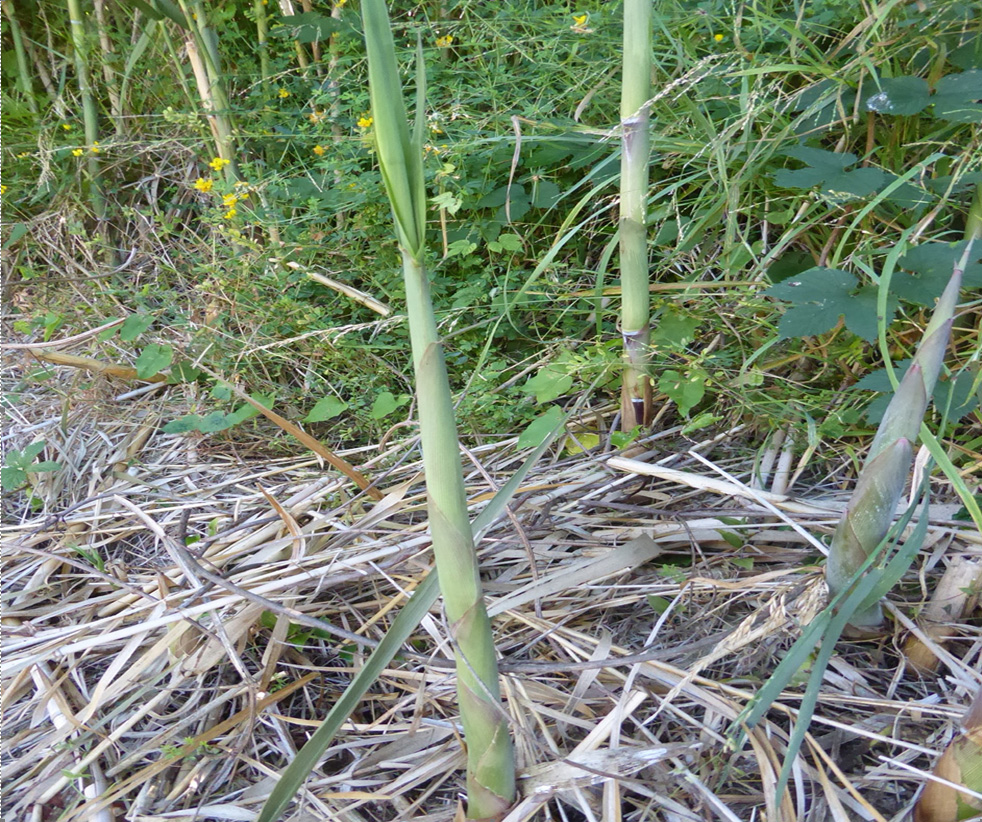Park Status: Open
The biggest challenge to restoration and maintenance of Awahuri Forest Kitchener Park are weeds in and around the forest.
A weed is a plant that is growing where it is not wanted. - Oxford Dictionary
Examples. -A common tomato plant is wanted in the vegetable garden, but has no place in a native forest. – Blackberry is a food plant and in some countries is an important part of their indigenous landscape. In New Zealand it is an unwanted plant that smothers natives in forests, degrades farmlands, crops and home gardens.
The second part of the definition of a weed is related to how severe the disruption and damage a weed can to a natural environment where it has been introduced and doesn’t belong. The damage and disruption from weeds is because in its new ecosystems there are no natural checks and balances restricting its spread like those found in the weeds original natural environment. With no restricting factors preventing the weed from becoming dominant their growth is explosive causing damage to their new home.
Example- In AF/KP Oldmans beard and jasmine both smother and choke trees preventing growth, flowering, seed production, germination and can ultimately kill the native trees by reducing light to the leaves and stopping photosynthesis thus starving the tree.
In the context of AF/KP a weed is any plant which is not an indigenous plant that has been part of the forest for hundreds of years prior to humans coming to New Zealand. Some weeds are basically not classed as noxious or problematic and don’t cause problems to indigenous plants growing and regenerating naturally. Many of these weeds just disappear and do not survive as the forest becomes more established.
Example common grass is a weed that dies out when the forest growth becomes dense and light is restricted. There also not enough air movement to spread any seeds formed. Seed eating birds like the common sparrow don’t access the deep forest floor to eat what few seeds are produced and spread them to another site. The grass just dies out of the forest.
Unfortunately, there are an increasing number of weed types that are causing damage to the forest by disrupting its natural ecosystem and actively hamper the forests regeneration cycles. Blackberry, Oldman’s beard. Onion weed, Japanese Jasmin, Jerusalem artichoke, hops, gorse, Arum lilies etc are all present in Awahuri forest causing disruptions to the survival of the ecosystem.
Tradascantia and Phragmites karka are currently the two most damaging weeds the Park. Both are invaders that choke plants and trees, stop regeneration. See :-
All plants have methods and unique regeneration mechanisms to ensure their survival and regeneration. Most produce seeds. Some seeds are airborne and carried into the forest by wind. Thistles and old man’s beard are examples of this type of spread. Seeds are eaten by animals and birds and dropped into new sites to germinate. Blackberry is a common example of this type of spread.
Some plants have structures in their leaves and steams that can reproduce new roots and plants from broken pieces carried to a new site. Tradescantia and Phragmites karka both have this feature in their survival kit.
AF/KP has two streams feeding into the wetland forest. These flood periodically. This is essential to create the wetland forest and support tree and plant species that make AF/KP a unique example of an indigenous wetland forest.
Unfortunately, the upstream content of stream banks and stream hygiene is the major cause of weeds spread into and throughout the forest. Weed seeds and plant fragments get swept into the forest via theses floods. Plastics, garden rubbish from urban backyards, storm water and farm detritus are also bought into the forest via these floods.
Example- The forest was flooded in September and again in December 2021. These floods bought fresh outbreaks of weeds in the park. Tomatoes, potatoes, arum lilies, thistle seeds and phragmites karka are some of the more prevalent weeds that were reintroduced. Outbreaks can be found in the oxbows and natural wet hollows dotted right throughout the forest. Hours and days of work have to now be diverted to cleaning the debris and the new weed infestations out.
These two streams are vital to the forest, but they do introduce unwanted weeds and other rubbish from upstream urban and rural environments.
Plants introduced to NZ that are now considered weeds https://www.weedbusters.org.nz/what-are-weeds/weed-list/.

An array of weeds in AF/KP